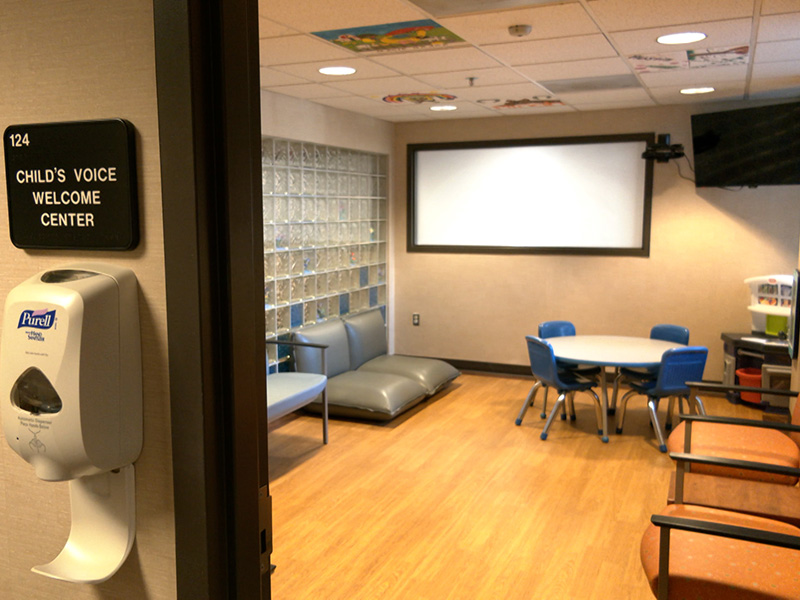Child abuse can be a difficult topic to discuss. But at Sanford Health, starting the conversation is the first step to fixing the problem.
“People may not realize how prevalent child abuse is in our communities, and it happens to kids of all ages in all socioeconomic statuses,” said Dr. Stephanie Hanson, a pediatrician at Sanford Southwest Children’s Clinic in Fargo, North Dakota. “In large communities, small communities, it’s something that’s out there, but just isn’t talked about a whole lot. So we’re really hoping to raise awareness so that we can work on preventing child abuse.”
A nationwide problem
According to the National Children’s Alliance, nearly 700,000 children are victims of abuse in the U.S. each year. Child abuse can be physical, emotional, sexual or medical, or a child may be neglected, without proper care, food, shelter or clothing.
Sanford Health offers assessments for children who may have experienced neglect or abuse, as well as programs for adults who may be at risk of becoming abusive themselves.
“We know that parenting is hard and it’s really stressful at times. So knowing your resources around you, and having a support system around that you can reach out to, is really important,” said Elizabeth Oestreich, Coalition Coordinator of SAFE Kids Fargo-Moorhead.
Through CHILD Services, Sanford Children’s also trains day care providers in eastern South Dakota on recognizing and reporting child abuse and neglect.
Signs to watch for
For anyone who suspects a child in their life may be a victim of abuse, there are some signs to watch for.
“One of the things we know about both prevention and response is if a child says something, we need to pay attention and we need to pay attention in a thoughtful manner,” said Dr. Nancy Free, medical director at Child’s Voice in Sioux Falls.
“If a child has a sudden change of behavior … that really outgoing child who’s very withdrawn. And the child who’s really quiet starts misbehaving. The child who all of a sudden, academically has a big change. Behavior is a symptom. So what is this symptom telling us? It’s not always child abuse, but that we have to think of that as a possibility.”
Caring for a child’s best interests
Sanford specialists ensure that when they do talk with a child, they only have to tell their story one time to one person in an attempt to ease their stress and avoid reliving trauma.
“We’re lucky at Sanford to have a team who’s dedicated to the care of children who are victims of child abuse,” said Dr. Hanson. “We have a fellowship-trained child abuse specialist and a whole team who works on the medical evaluation and follow-up. But equally important is the behavioral health care of a child who’s been a victim of abuse. And at Sanford, we have the ability to care for children in that situation as well.
“The experience of trauma is devastating for a child and their development,” Dr. Hanson added. “And it’s really important that we do what we can as a community to help reduce child abuse, to help support families who are struggling and to be able to provide that care going forward.”
Providers at Sanford want people to know help is available. Sanford Children’s CARE Clinic is available in Fargo. You can also contact Child’s Voice in Sioux Falls, or find services near you at sanfordhealth.org.
Learn more
- Podcast: Identifying abuse or non-accidental trauma in children
- Recognizing child trauma and helping kids cope
- Psychologist invents toys to help children identify emotions
…
Posted In Children's, Community, Fargo, Sioux Falls

